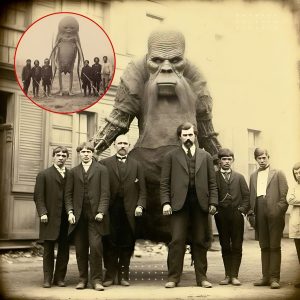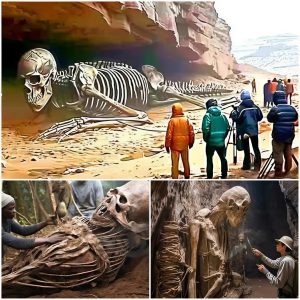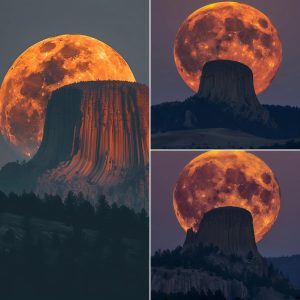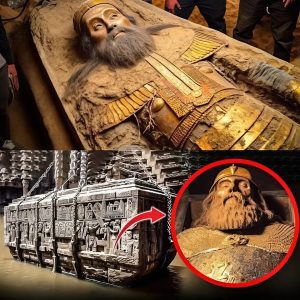
In the lush landscapes and ancient ruins of Sri Lanka, a startling discovery has ignited a debate that bridges the realms of archaeology and the paranormal. Recent excavations have unearthed mummified remains that some claim could be of extraterrestrial origin. These mummies, found in a remote cave, present an enigma that challenges our understanding of history and potentially our place in the universe.
The discovery was made by a team of archaeologists led by Dr. Aravinda Perera, who stumbled upon the mummies while exploring an uncharted cave system in the central highlands of Sri Lanka. The mummies, remarkably well-preserved, possess features that differ significantly from any known human remains. Their elongated skulls, unusually large eye sockets, and slender, elongated limbs have fueled speculation that these could be the remains of extraterrestrial beings.
Dr. Perera, while maintaining a scientific perspective, acknowledges the uniqueness of the find. “The anatomical differences are striking,” he notes. “However, it is crucial to approach this discovery with a rigorous scientific methodology. Extraordinary claims require extraordinary evidence.”

The mummies have been sent to several laboratories worldwide for extensive testing, including carbon dating, DNA analysis, and forensic examination. Early results have yielded conflicting conclusions. Carbon dating suggests the mummies are around 2,000 years old, aligning them with a period of significant human activity in the region. However, the DNA results have been inconclusive, with some sequences appearing unlike any known terrestrial species.
This ambiguity has given rise to numerous theories. Proponents of the extraterrestrial hypothesis argue that the mummies’ physical characteristics and the cave’s remote location suggest a non-human origin. They propose that ancient Sri Lanka could have been visited by beings from another world, who either perished or were buried in this secluded spot.
Skeptics, however, offer alternative explanations rooted in Earthly phenomena. They suggest that the mummies could be the result of a rare genetic mutation or an unknown ancient civilization with unique burial practices. Some anthropologists speculate that the mummies may belong to a now-extinct branch of humanity, one that developed in isolation with distinct physical traits.
The Sri Lankan government has expressed keen interest in the findings, seeing them as an opportunity to boost tourism and global interest in the nation’s rich archaeological heritage. Plans are underway to create a dedicated museum exhibit to showcase the mummies and the ongoing research surrounding them.
As the scientific community continues to investigate, the Sri Lankan mummies remain a captivating mystery. Whether they turn out to be evidence of ancient alien visitors or an unexplored chapter of human history, their discovery has sparked a wave of curiosity and wonder. In the quest for answers, these mummies remind us of the vastness of the unknown and the ever-present possibility that history holds more secrets than we can imagine.





